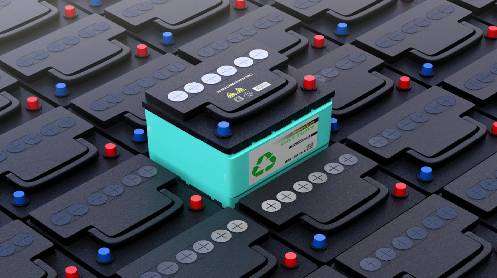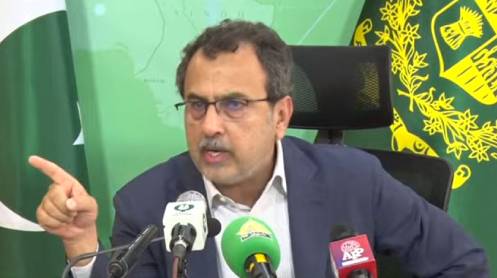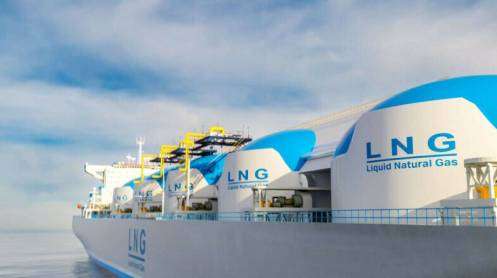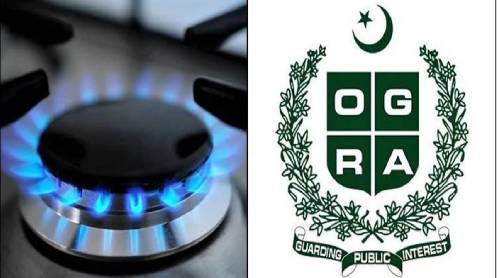LONDON (Reuters) – A global shift toward lithium iron phosphate (LFP) batteries is accelerating the boom in energy storage, reshaping commodity markets and challenging assumptions about the future of electric power systems.
When Fidra Energy acquired a 55-acre site in northern England in 2023 to develop Europe’s largest energy storage facility—1.45 gigawatts at Thorpe Marsh—the economics were uncertain. But that changed rapidly as the cost of LFP batteries, already improving in performance, plummeted by nearly 50% within 18 months.
With batteries now more affordable and durable—offering lifespans up to 20 years—Fidra plans to begin installing units for its £600 million (\$800 million) project next year.
The rise of LFP batteries, which avoid the use of expensive and ethically controversial materials like nickel and cobalt, is transforming the battery industry. According to Rho Motion, energy storage is now growing faster in percentage terms than electric vehicle (EV) sales, and is expected to account for 20% of the battery market by 2030. UBS projects global storage capacity must expand eightfold by 2030 and 34-fold by 2050 to support the renewable energy transition.
While EVs remain the dominant consumer of batteries, storage applications—essential for grid reliability and renewable energy integration—are driving a new wave of demand. The global storage sector grew 51% last year and is forecast to expand another 40% this year.
The consequences for commodity markets are stark. Demand for cobalt and nickel has sharply declined, with benchmark nickel prices halving and cobalt falling by 60% over the past three years. Battery manufacturers and automakers are pivoting away from traditional chemistries amid falling EV sales outside China and lagging infrastructure.
The intensity of nickel use in batteries has fallen by nearly one-third since 2020, while cobalt usage has dropped by two-thirds, according to CRU. Conversely, lithium remains a critical input for both LFP and other battery types. Despite falling lithium prices due to temporary oversupply, analysts say stationary storage offers new momentum for lithium producers.
Beyond cost, ethical and environmental concerns are driving the LFP trend. Nickel’s high carbon footprint and cobalt’s ties to child labor in the Democratic Republic of Congo are prompting a shift to more sustainable supply chains. “Traceability and responsible sourcing are now crucial,” said Lars Christian Bacher, CEO of Morrow Batteries, which will soon launch production in Norway.
Established players are adapting. LG Energy Solution, facing declining EV battery demand in North America, is pivoting to energy storage by converting one of its U.S. plants to produce LFP batteries.
Still, geopolitical tensions complicate the landscape. Despite efforts by the U.S. and Europe to reduce reliance on Chinese imports, China still supplies 90% of the batteries used in American storage projects. New U.S. tariffs on Chinese battery imports—currently at 41%—pose a risk to short-term growth.
Yet for developers like Fidra, pragmatism may prevail. “If the UK is serious about net-zero,” said CEO Chris Elder, “it must work with China to get there.”







